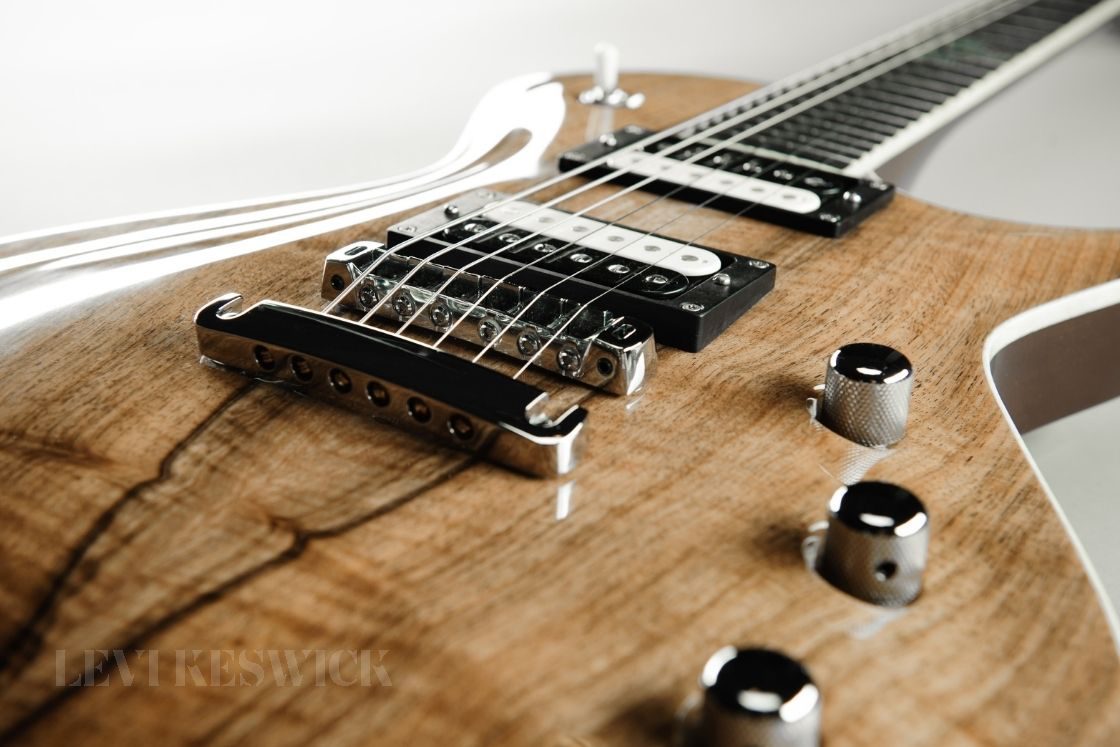Let’s face it: achieving a favorable guitar tone is a highly mystic mystery even on your dream guitar. Each guitar is unique in tonal texture and sound. There may not be an obvious reason why your sound quality isn’t up to par, only a noticeable snapshot of poor sound production. Playing with dynamics to create the best tone involves a complex mash-up of physical, mental, technique, and equipment factors.
Without a solid investment of time to develop technique or a worthy investment of proper equipment for function and effect, trouble-shooting your guitar’s tone is simply an impossibility. Your technique develops sound in the first place, but adequate gear is pivotal for a higher-caliber tone. For professional quality you can fully experience, here are a few ways to make your electric guitar sound better.
A Proper Setup
Guitar sound quality doesn’t solely have to do with high-end products but also opportune setups. It’s been said that guitar setups are part science and part art, and tweaks are often necessary to improve the overall tone. Think of it like a lavish meal, as each part affects the overall taste. Only together do they make something special, but it must be the right mix to suit one’s taste buds.
Setting up a guitar involves suitable bridge height, saddle height, even frets, and truss rod position. Each one is valuable to boost sound and performance. For ease and pleasure, turn to a professional for your guitar’s setup and eliminate the buzzkill of fret buzz.
Top-Notch Cabling
Connective cabling is one place where you can’t cut costs for a full and true sound. Investing in customized professional cables is one of the superior ways to make your electric guitar sound better. Cheap cabling creates additional buzzing, undesired noise, or dulled end frequencies. For lifelong quality, take a stake in first-rate cabling for making better music. The greatest guitars of the world require good cabling to be heard clearly through higher-level amplification.
The Right Amp and Pedal Effects
You need the right amp for the job—a high-quality amp is just as critical as a high-quality guitar. No perfect amp exists, but the perfect one for your needs is out there. Like two sides of the same musical coin, prime performance requires both components to work at their best. Fully understanding the settings of an amp and the types of pedal effects also provides depth and dimension to the performance. The sweet spot truly depends on your style of music and the effects you hope to produce with your setup and gear. You can create a quality tone of voice that’s unique to your guitar.








